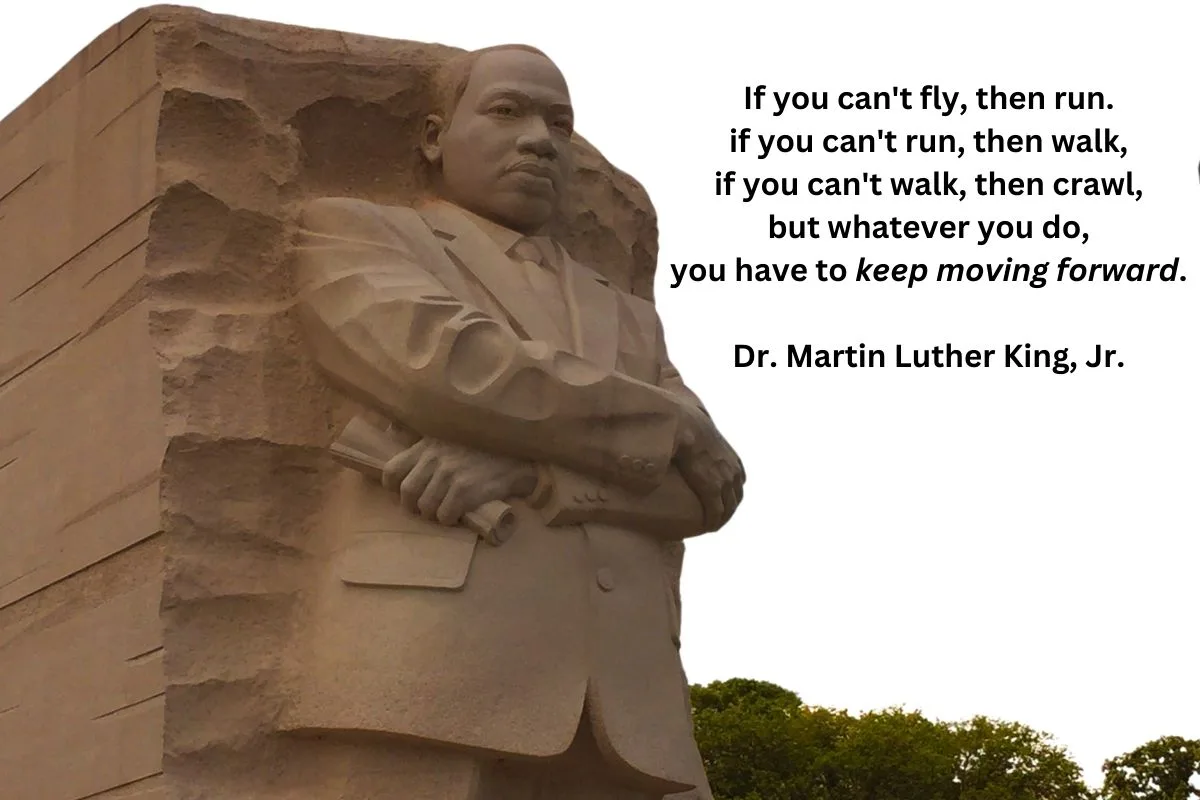Mark's Note: Today's guest post is by Joe Swartz, my co-author for the book Healthcare Kaizen and the newly-released book The Executive Guide to Healthcare Kaizen. I'm hoping Joe will be a regular contributor in the future and I'll be doing a podcast with him soon (update: listen here) about his experiences at the Franciscan St. Francis Health System. Also, check out this video about their Kaizen approach. You can also read a journal article we co-authored.
 I was recently reminded about the difference between knowledge-based learning and skills-based learning.
I was recently reminded about the difference between knowledge-based learning and skills-based learning.
My seventeen-year-old son was preparing for his driver test and asked me to help him learn to parallel park a car. I set up some trash cans on our side street to act as a car in front and a car behind. Then, I used my Job Instruction Training skills as I walked him through parallel parking, teaching him the steps, the key points, and the reasons why.
Then, he demonstrated what I'd taught him and parked the car within six inches of the curb on his first try. He's a quick learner and is in the top five percent of his high school class. He said, “Okay I've got it.”
I said, “You need to do this 20 to 30 times in various situations before you will have it well enough to pass a driver test under pressure.”
He said, “Oh dad! Really, I've got it.”
I went on to explain that parallel parking is a learned skill and although he now had the head knowledge, he hadn't developed the skills yet. I could see from his open mouth and half drooped eyelids that he wasn't buying it. I conceded, “Okay, let's do it ten times and then you can decide if you want to do it more on your own.” He repeated it ten times, but unfortunately, he failed the driver's test.
The ride home from the test was quiet, as I wrestled with how to turn it into a teachable moment. After some small talk, we talked about sports and the need to throw a ball a thousand times before someone gets good at throwing. He looked at me, smiled and nodded.
He practiced considerably more in the next month and passed the test on his next try.
As I reflected later on the experience it reminded me of the challenges of teaching Lean and Six Sigma. Teaching people the knowledge of continuous improvement tools and techniques seldom delivers the results we hope for. Like my son, they say, “I've got it.” However, like learning to parallel park a car, they have to practice it themselves dozens of times before it becomes a skill that they can use regularly.
So, how do we get people in an organization to learn the “skill of continuous improvement?”
Kaizen is one way. Kaizen encourages people to lead their own improvements by starting small and simple. It is a methodology that encourages regular practice and skills-based learning to occur over time, and thereby grows the continuous improvement skills and abilities in the people of an organization.
At Franciscan St. Francis Health in Indianapolis, we ask all employees to practice Kaizen. We teach staff basic Lean and Six Sigma tools (knowledge-based learning) and then ask them to apply that knowledge with a Kaizen in their workplace (skills-based learning). Last year employees implemented over 4,000 Kaizens. Most were small, intended for learning, but many delivered significant improvement results. Kaizen is growing the skill of continuous improvement for those who practice Kaizen.
What have you done to build those skills in your organization? Please leave a comment and let us know.
The views expressed are those of Joseph E. Swartz and do not represent the views of Franciscan Alliance or the Franciscan St. Francis Health System.
What do you think? Please scroll down (or click) to post a comment. Or please share the post with your thoughts on LinkedIn – and follow me or connect with me there.
Did you like this post? Make sure you don't miss a post or podcast — Subscribe to get notified about posts via email daily or weekly.
Check out my latest book, The Mistakes That Make Us: Cultivating a Culture of Learning and Innovation:









Totally agree that Lean/Six Sigma requires skills-based learning via real-world practice. However, many organizations seem to rely on the knowledge-based learning via classroom training. Green Belt/Black Belt certifications, which are pretty popular approaches, tend to be heavy on the classroom component. The better ones do require that a project or two be completed to earn certification, but that does not build the “muscle” memory that comes from performing improvement cycles daily. At best, they increase general awareness of Lean/Six Sigma concepts and may lead to sporadic improvement activity.
At our hospital, we are focusing on how to build daily improvement habits. We’re utilizing the Toyota Kata learner/coach model, a little bit of classroom training, and tools such as KaiNexus to make it easy as possible for individuals to practice kaizen on a daily basis. We are just now starting to adopt this approach, but we are learning quickly.
[…] Joe’s recent guest post here: “Lean and Six Sigma (and My Son) Require Skills-Based Learning.” I will have a podcast released with him in the coming […]